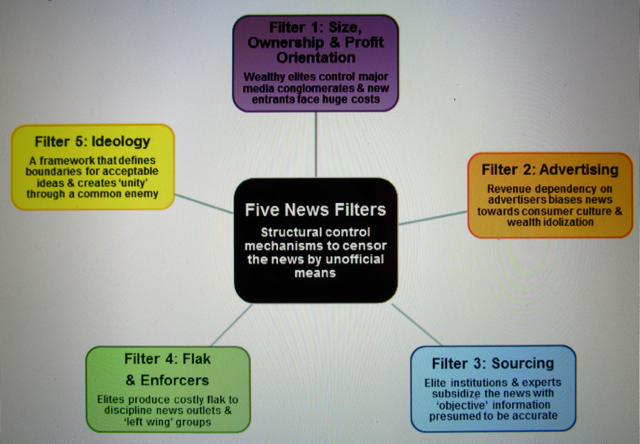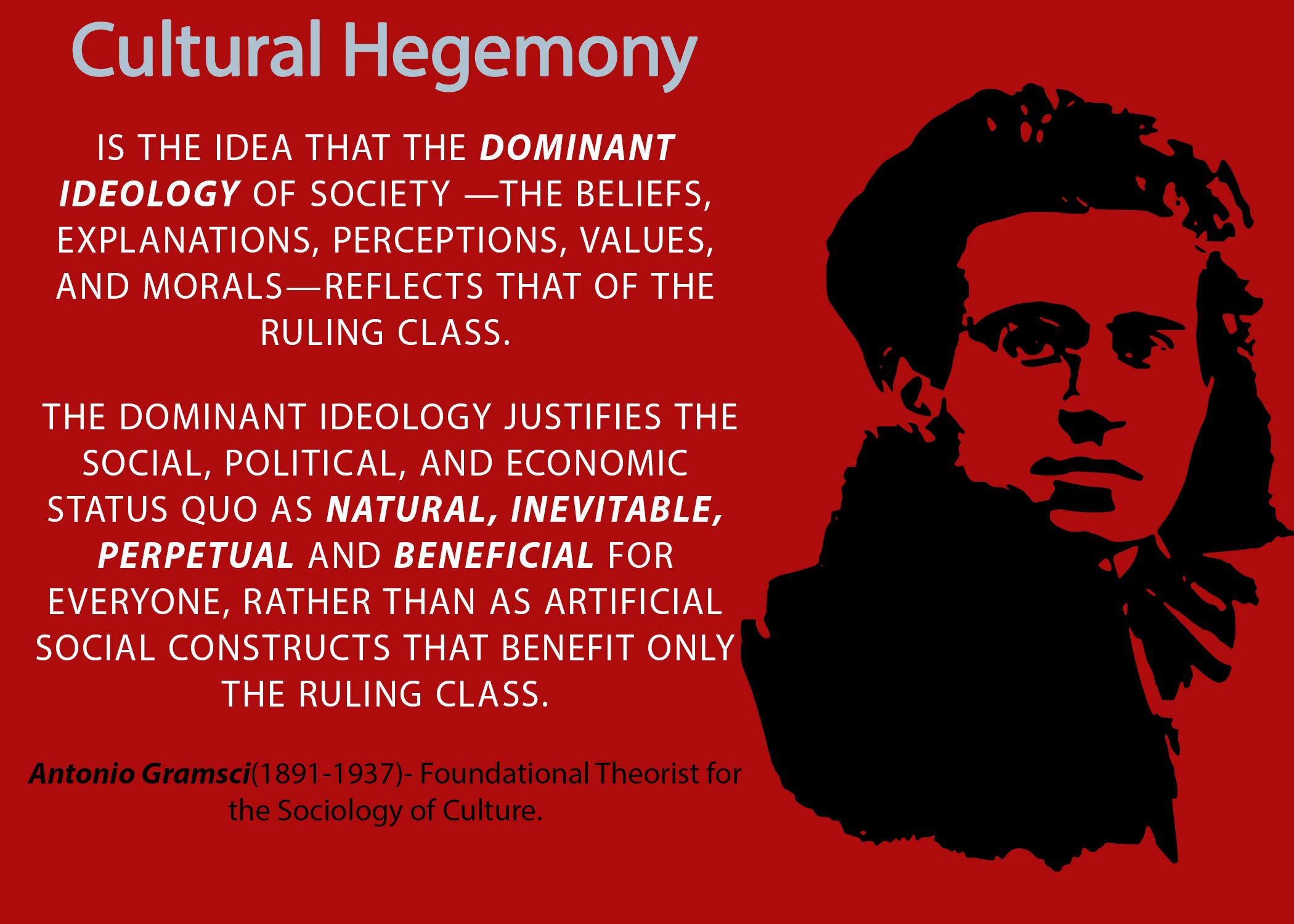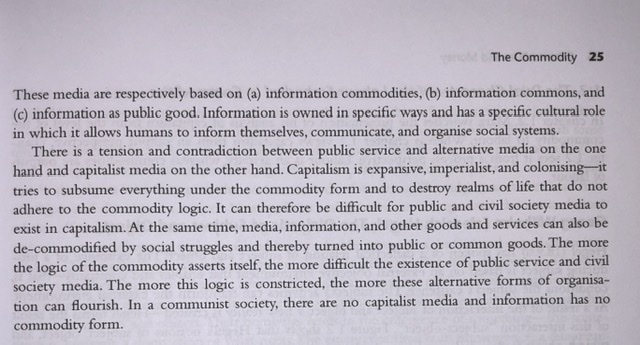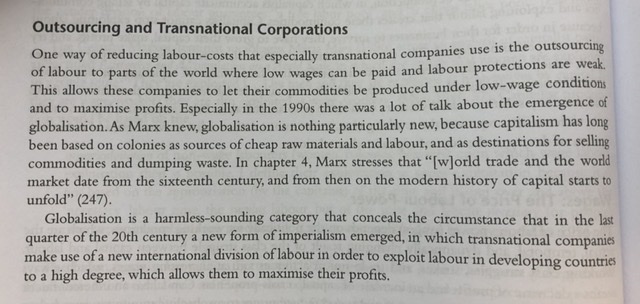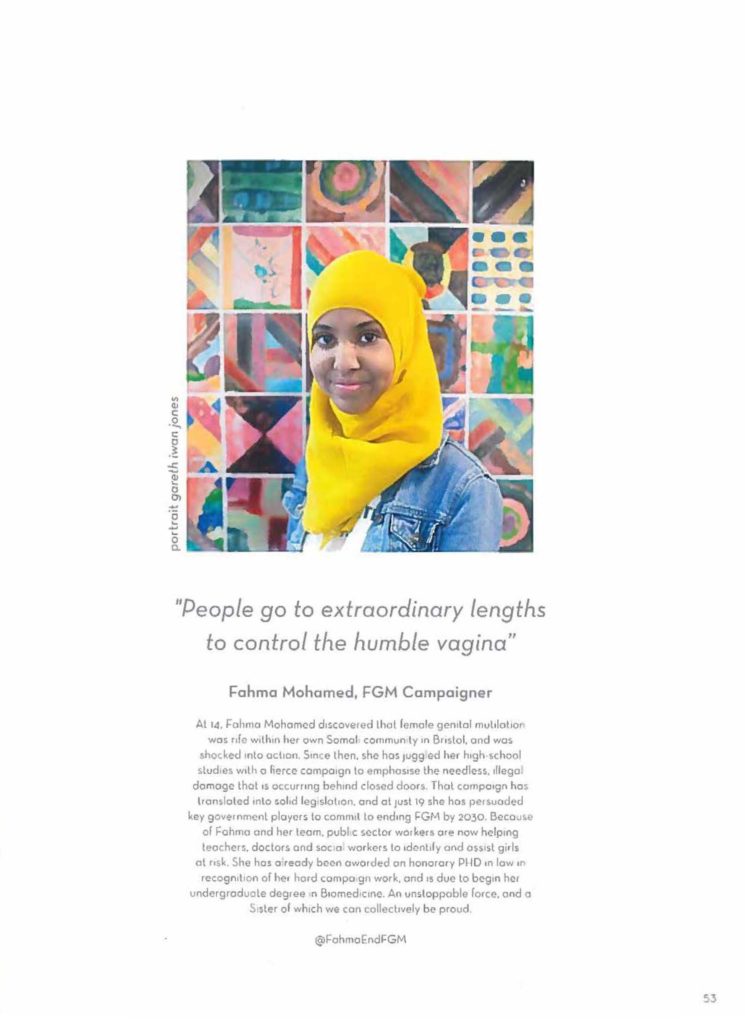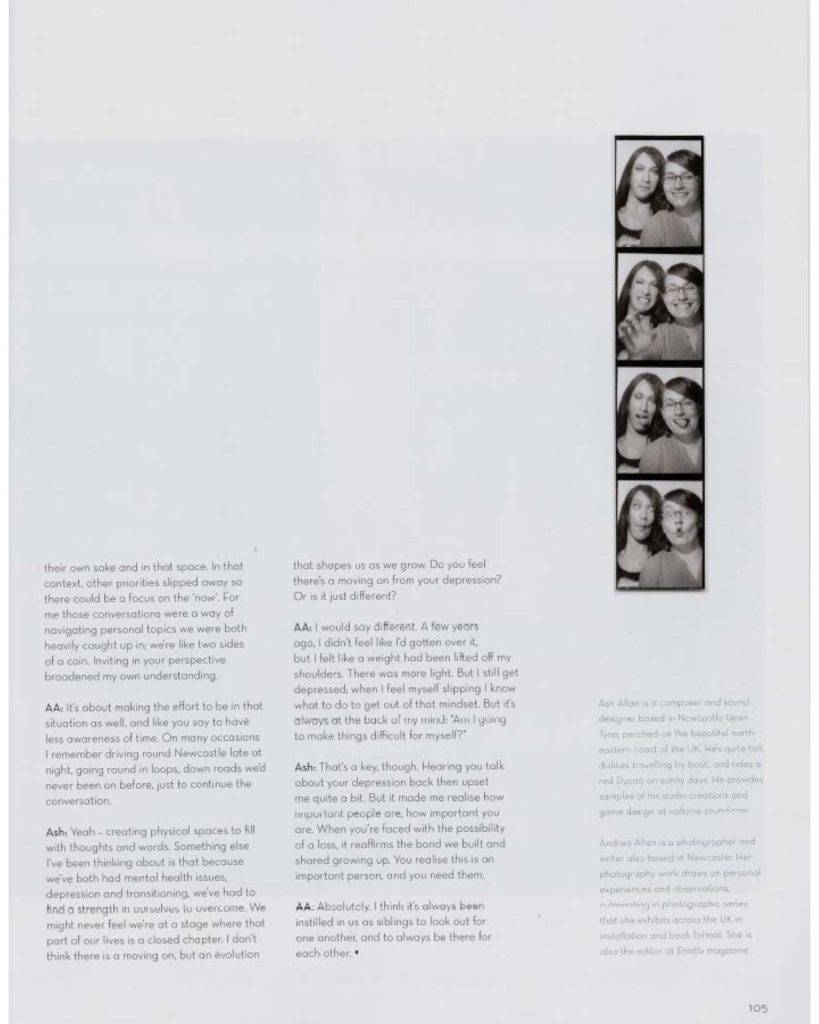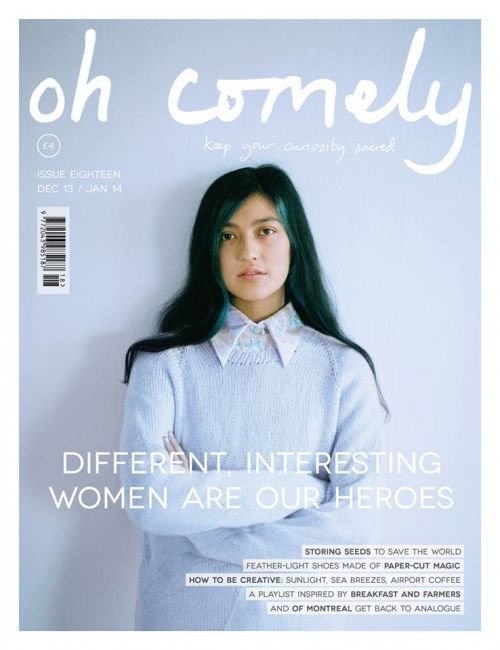– Operant conditioning = behavior conditioning
– BF Skinner = came up with the concept of operant conditioning
– The friction of free will is a statement by Skinner, where you can teach people through different social conditions to change their behavior and how they act
Propaganda vs Persuasion
– Propaganda = opinions/actions that are carried out deliberately by a group of individuals to influence other individuals through the use of psychological manipulations
– Persuasion = when you try to influences someone’s action and beliefs to do something which they may not be intending to do
– Harold Lasswell was the first one to talk about how in WW1, the US Military used a range of persuasive devices to serve propaganda
– Laswell came up with the hypodermic model of behavior conditioning
– Shoshana Zubof highlights in her book, “The Age of Surveillance Capitalism” that various forms of persuasion influence different types of behaviors, while suppressing others.
– Zubof = “technology has begun to develop new methods of behavior control capable of altering not just an individual’s actions, but their very personality and manner of thinking”
– Zubof = “the most serious threat…is the power that technology gives one man to impose his view and values on others”
Audience Theory
1920-1930: Laswell (Hypodermic Model)
– Laswell developed a linnear model of communication, which breaks down the line of communication from Point A to Point B.
– In this model, the sender is transferring a message through a medium (media), which will have a direct effect on the reader
– Laswell wrote Propaganda Technique in the World War which highlighted the brew of ‘subtle poison, which industrious men injected into the veins of a staggering people until the smashing powers . . . knocked them into submission’

Example:
– Who = Larissa Brown
– Says what = How British Spies exposed and disrupted Russia’s Cyber War on the Olympics. Russia plotted to sabotage the Olympic Games using a series of Cyber Attacks
– Channel = The Daily Mail (page 3)
– To whom = Daily Mail Readers/British Public. The main target audience of the Daily Mail is middle-aged women.
– With what effect = Pejorative (negative) viewpoint on the Russians and to attract people due to the use of a big worldwide event. Secondary audience is it may attract people from countries who participate in the Olympics (ie USA, China)
1940: Shannon and Weaver and Paul Lazerfeld’s Two Step Flow
– Shannon and Weaver adapted the Transmission Model of Communication in 1949.
– In their adaption, Shannon and Weaver included other elements, such as noise, error, encoding and feedback
– In other words, there’s the suggestion that the process of sending and receiving a message is clear-cut, predicable or reliable and is dependent on a range of other factors that need to be taken into consideration.
– In 1948, Paul Lazerfeld says that the transmission model of communication doesn’t work in a linear way and instead, Lazerfeld developed the Two Step Flow Of Communication

– As Martin Moore suggests, ‘people’s political views are not, as contemporaries thought, much changed by what they read or heard in the media. Voters were far more influenced by their friends, their families and their colleagues’ (2019:124).
– Communication/the media is susceptible to bias, interpretation, rejection, amplification, support and change.
– People are more likely to be influenced by others, such as what the opinion leader will tell the masses
1960s: Uses and Gratifications Theory
– Elihu Katz explains the Uses and Gratifications theory diverges from other media effect theories that question: what does media do to people?, to focus on: what do people do with media?
– In 1969, Denis McQuail and Jay Blumer studied the 1964 UK election and were joined by Elihu Katz, Joseph Brown, Michael Gurevitch and Hadassah Haas in 1970.

– Much of the Uses and Gratifications theory is linked with Maslow’s Hierarchy of Need (1954)
– Maslow argues that people actively looked to satisfy their needs based on a hierarchy of social and psychological desires. Maslow’s thinking was centred around Humanistic psychology

1970s: George Gurbner (Skinner vs Noam Chomsky)
– George Gurbner and Larry Gross developed the Cultivation Theory
– The Cultivation Theory notes the distinct characteristics of television in relation to other media forms, they suggest that ‘television cultivates from infancy the very predispositions and preferences that used to be acquired from other primary sources‘ (Gerbner et al 1986).
– Gerbner and Gross assert that ‘television’s major cultural function is to stabilize social patterns and to cultivate resistance to change‘ (1978: 115). In other words, they assert the power of television to modify behavior in support of the dominant structures of society.
– Skinner came up with the theory of operant conditioning, where you can teach people through different social conditions to change their behavior and how they act
– However, Chomsky argued Skinner’s theories and came up with the concept of manufacturing consent, in which the theory of the 5 filters of the mass media machine was created
– It is argued that structure over agency (institutions have more power over small agencies)
1980s: Stuart Hall (Theory of Preferred Reading)
– Stuart Hall developed a critical theory that looked to analyse mass media communication and popular culture as a way of both uncovering the invidious work of the State and Big Business, as well as looking for ways of subverting that process
– Hall proposed the theory of preferred reading, where individuals are not only active in the process of interpretation and the construction of meaning, but they are also able to dismiss and reject dominant messages.
– Hall proposed three distinct positions that could be occupied by individual viewers, determined, more or less on their subject identities:
- A dominant position accepts the dominant message
- A negotiated position both accepts and rejects the dominant reading
- An oppositional position rejects the dominant reading
– This view presents people as producers and consumers of culture at the same time. It means they are active in the making (or rejecting) of meaning through mass communication.
2000s: Clay Shirky (End of Audience)
– Links to the Feminist Critical thinking of intersectionality and post-modernism, which identifies that we all are different and fragmented, just like thoughts and ideas
– Shirky is not too removed from the work of Hall, prioritising the power of individual agency in the relationship between audiences and institutions
– In a TED talk from 2013, Shirky stated that, ‘the more ideas there are in circulation, the more ideas there are for any individual to disagree with.’ In other words, Shirky makes claim for the emancipation gained from new media technologies, liberating individual consumers from the behavioural management techniques of the State that were positioned as problematic by Hall, Althusser, Chomsky and others.
– Shirky’s ideas are supported by Henry Jenkins, another advocate of participatory, on-line communication, which he sees as providing new spaces for individuals to become active and creative in the process of mass mass media.
2019: Shoshana Zubof (Surveillance Capitalism)
– Today’s means of behavioural modification are aimed unabashedly at “us.” Everyone is swept up in this new market dragnet, including teh pscyhodramas ofordinary, unsuspecting fourteen-year-olds approaching the weekend with anxiety. Every avenue of connectivity serves to bolster private power’s need to seize behaviour for profit. Where is the hammer of democracy now, when the threat comes from your phone, your digital assistant, your Facebook login? Who will stand for freedom now, when Facebook threatens to retreat into the shadows if we dare to be the friction that disrupts economies of action that have been carefully, elaborately, and expensively constructed to exploit our natural empathy, elude our awareness, and circumvent our prospects for self-determination? If we fail to take notice, how long before we are numb to this incursion and to all the incursions? How long until we notice nothing at all? How long before we forget who we were before they owned us . . . (p. 326 – Surveillance Capitalism)
– The idea that we’re all individually profiled

![Resensi Buku] Manufacturing Consent - Noam Chomsky](https://www.hermandonk.com/wp-content/uploads/2018/11/Propaganda-Model-Med-1080x675.jpg)
